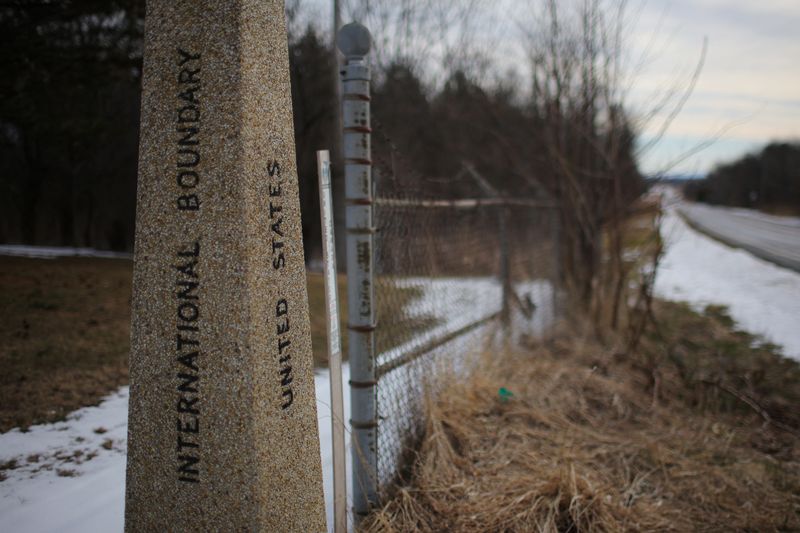AI Sentiment: Neutral
Reason: The article discusses the challenges faced by Canada in tightening its border crossings due to an influx of asylum seekers from the U.S. No company or crypto is mentioned therefore sentiment is neutral.
Canada's attempt to tighten its border crossings has proven to be more challenging than anticipated. The decision was prompted by the concern raised by former U.S. President Donald Trump over the rise in asylum seekers crossing into the United States from Canada. This surge was linked to his administration's strict immigration policies, causing many who feared deportation to seek refuge in Canada. However, Canada's promise to crack down on these border crossings has been easier said than done.
Since 2017, more than 50,000 people have crossed into Canada from the United States to file refugee claims. These individuals, many of them being illegal immigrants in the U.S, were drawn to Canada by its perceived open-door policy. The number of crossings peaked in 2017, causing a strain on Canada's immigration system. This prompted the Canadian government to review its policies and consider tightening its border.
Despite the Canadian government's efforts, curbing these crossings has proven difficult due to a longstanding agreement between the United States and Canada. The Safe Third Country Agreement (STCA) states that refugees must make their claim in the first safe country they arrive in. This means that those who arrive in the U.S first cannot then seek asylum in Canada at an official border crossing. However, the agreement does not apply to those who cross between official border points, creating a loophole that many have exploited.
Canada's attempts to amend the STCA have been unsuccessful so far. The U.S. government has shown little interest in renegotiating the agreement, and a recent court ruling in Canada deemed the STCA as unconstitutional. This ruling, if upheld, could potentially allow asylum seekers to claim refugee status in Canada, even if they first arrived in the U.S.
In conclusion, the issue of border crossings and asylum seekers is a complex one that requires a careful balance between maintaining national security and upholding humanitarian responsibilities. It illustrates the challenges that countries face in managing immigration, particularly in a global context where the movement of people is increasingly common.




